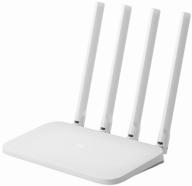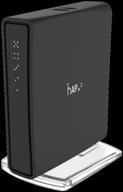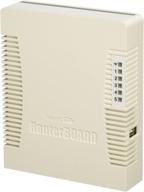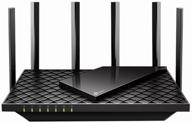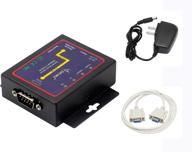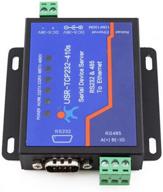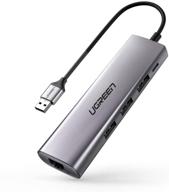- - more powerful than the TP-Link TL-WR841ND; - includes two bands; - gigabit ports; - IPTV support - quick and simple assembly - low cost - the ability to mount on the wall, albeit in a cumbersome manner - a recess for the screws on the main body of the unit
- - they could make the antennae not from one side, but in pairs on the left and right instead - the design is odd - the antennas should not be removable and should not be made more powerful - the design is peculiar
- Price, ease of setup, good coverage
- Internet hangs on devices, does not resume work in case of provider failures, more details in the comments.
- Two ranges, speed, price.
- Haven't revealed yet.
- price, smart setup.
- no.
- range, ease of setup, normal stand, of course cheap price / and the quality justifies 100%.
- Not removable antennas, well, for me personally, this does not play a special role.
- 5GHz. Inexpensive. Stable. Fast
- Small range at 5GHz (but this applies to most routers) There is no talk of any 1167 Mbps over the air)
- Low in cost, simple to put together, and it has two bands. In addition to a speed of up to one gigabit (for 5G, 865 mb, and for 2.4G, 300 mb), the ports themselves are one gigabit each.
- The maximum speed that can be achieved with Wi-Fi is only 200 megabits per second (details below in the review). Quick cuts through the space between two walls.
- Power, and therefore transmission range, including at a frequency of 5g (compared to zixel kinetic 2)
- Compared to the same zixel, not a very convenient web interface, non-removable antennas - broke the pipets.
- Price
- Raw firmware, a minimal user interface, consistent freezing, low signal quality, and a decline in WiFi connectivity starting at 2.4 GHz and continuing at 5 GHz. This router is a complete and utter waste of money, and I would never suggest that anyone purchase it.
- 1. Quality and range of communication on both channels. 2. Design, even though I put it far on the shelf. 3. Availability of 4 LAN ports. In the modern trend towards minimalization, most routers have 1-2 ports. It turned out that I need at least 3, so for me this is a big plus.
- 1. Interface. I used and saw a large number of different interfaces, all of them have their pros and cons, but this one is one big minus. Nothing is clear, the settings are in places that you don’t even expect. 2. UPnP doesn't work. Synology NAS was unable to set it up. At the same time, the old Asus tuned in without problems. 3. Forwarded ports only after an hour of setup. Despite the fact that it took no more than 5-10 minutes to configure on other routers. 4. No default security setting. That is, the router out of the box is open for any access. I think this is a complete mess. For a user who understands little about such things and / or wants to use it "immediately", this can be critical.
- Cheap Easy to set up Vertical installation (occupies less space)
- 2.4 Hz beats further than 5 Hz, because it was bought for the sake of 5 - this is a minus The Internet constantly falls off. I don’t know what it is connected with, but the router once a day for a minute stops living completely from the word. Custom firmware (at the time of writing) no












